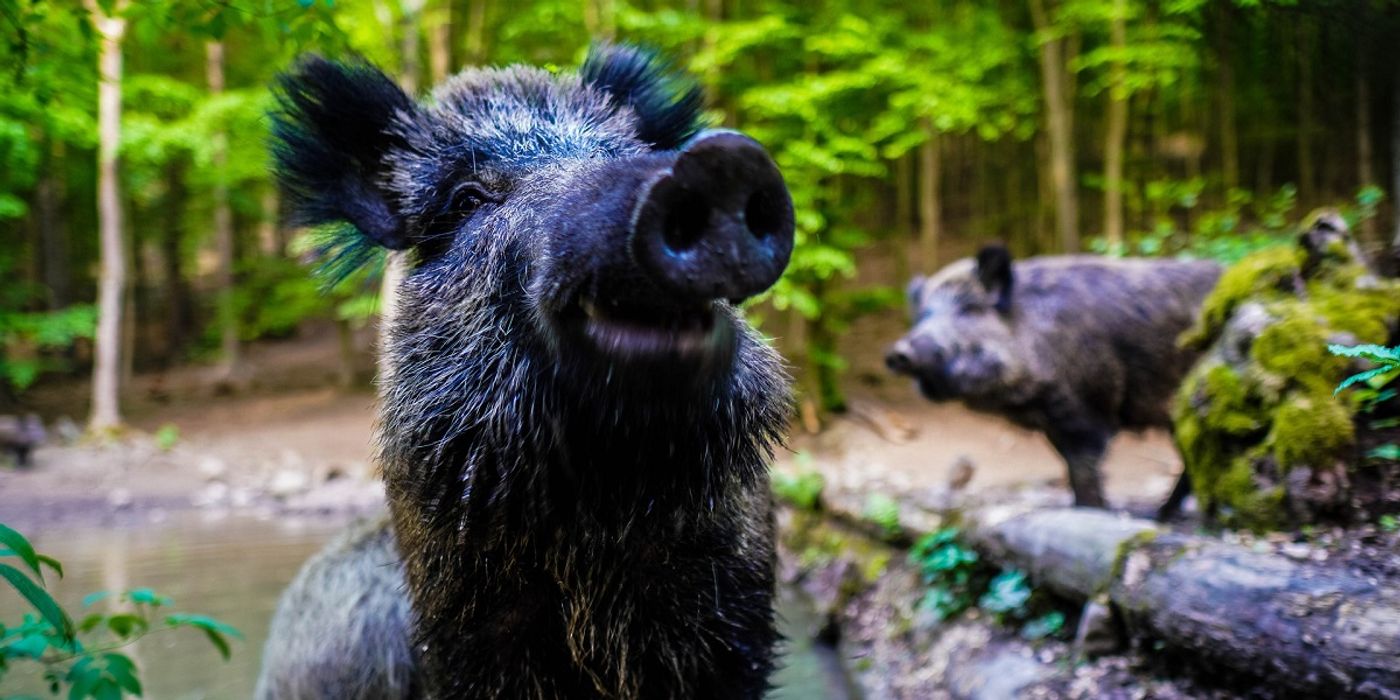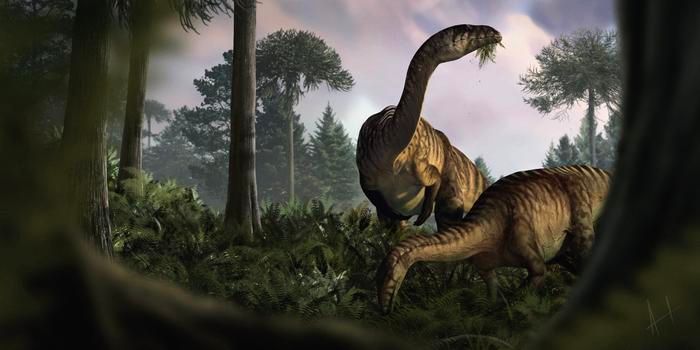Feral Swine Rooting out Drought-Weakened Salt Marshes
Feral swine have been part of the American landscape for centuries, though they are not native. Pigs were released to the wild in early colonial times as an early food source and adjusted well to the wild. In the early 1900s, Eurasian wild boars were also introduced as sport hunting animals. These two populations interbred and are now considered a single invasive pest species across much of the United States. In the last decade, feral hogs have rapidly spread up from the southernmost states and are now found in at least thirty-five states. The USDA estimates there are more than six million feral hogs in the US as of the last survey in 2019, which is about triple their population in 1982.
Feral Hogs can cause all sorts of problems, like e. coli and other parasite contamination from wallowing in mudholes along streams, digging up irrigation lines, eating crops, and causing property damage through digging or collisions with vehicles. The digging from feral hogs also disrupts soils and causes carbon emissions from the soil of nearly five million metric tonnes per year, which is equivalent to 1.1 million passenger vehicles.
Recently, some scientists found hogs in a new area, causing new damage. On Sapelo Island, a barrier island off the coast of Georgia, feral hogs were recently found gorging themselves on ribbed mussels, a unique food source scientists were not aware hogs had learned to eat. The mussels live on cordgrass, a very important plant in saltwater marshes. Cordgrass and the mussels live together in a symbiotic relationship. They hold the marsh together, helping soils accumulate, storing carbon, and defending against ever-increasing droughts. The feral swine are trampling the cordgrass and eating the mussels, threatening this unique ecosystem when it is already under threat from persistent droughts. The salt marshes along our coasts protect our shores from flooding and erosion, and the feral hogs are threatening them.
Sources: Science Line, USDA APHIS, Global Change Biology









